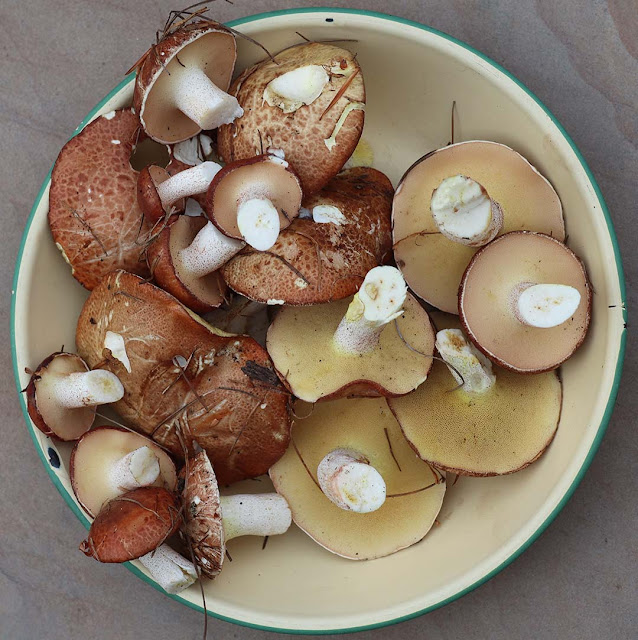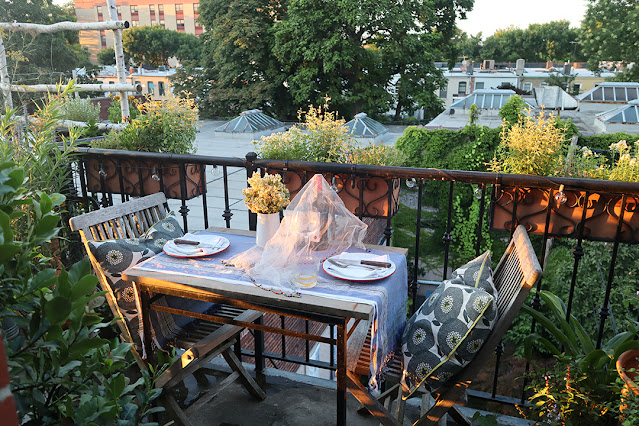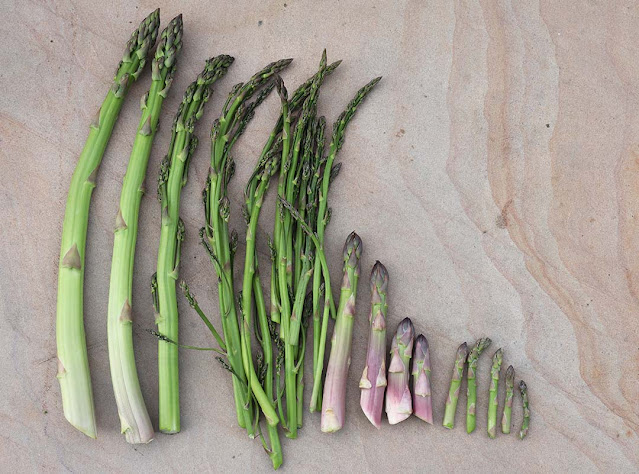Passionfruit Mousse
Serves 8
You do not have to strain the passionfruit seeds out (in which case skip the food processing part). I strain from force of habit: My father used to crunch every single seed, instead of just slurping each mouthful down. It drove me nuts. But I digress.
Use a single jelly mould for a large mousse, or individual moulds if you're being fancy and giving everyone their own. An overnight chilling is helpful.
1 ¾ cups passionfruit pulp (from about 20 passionfruit), chilled
3 ½ teaspoons powdered gelatine
3 tablespoons water
3 cups whipping cream, chilled
5 oz sugar
Halve the passionfruit and scoop the pulp into the bowl of a food processor. Pulse for about 15 seconds to separate the pulp from the seeds. Place a medium-mesh sieve over a bowl and strain the pulp through the sieve, extracting as much juice as possible. Reserve a quarter cup and chill the rest for two hours.
Heat the reserved quarter cup of passionfruit juice with 3 tablespoons of water in a small pot. When it is hot (but not boiling) turn off the heat and sprinkle the gelatine onto it, swooshing the juice around to cover and soak the granules. Stir to make sure there are no lumps. When the mixture is perfectly smooth, whisk this gelatine-juice into the chilled juice.
In a large bowl whisk the cream until it thickens slightly. Add the sugar to the cream and continue whisking until the cream holds soft peaks.
Pour the passionfruit juice into the whipped cream, then fold rapidly using a spatula to blend the mixture well. When no bright yellow juice remains at the bottom of the bowl, pour it into your jelly mold/s. Cover, and transfer to the fridge. Chill until it is set (three hours, minimum).
To unmold, slide a butter knife carefully around the edge of the mousse. Dip for about 4 seconds in a bowl of extremely hot water (too long and the outer layers will melt). Invert onto a flat serving dish and shake hard. You should hear a satisfying plop as releases. If you don't, turn it right way up again, run a hot knife around the edges of the mousse, and repeat. Chill until needed.






























